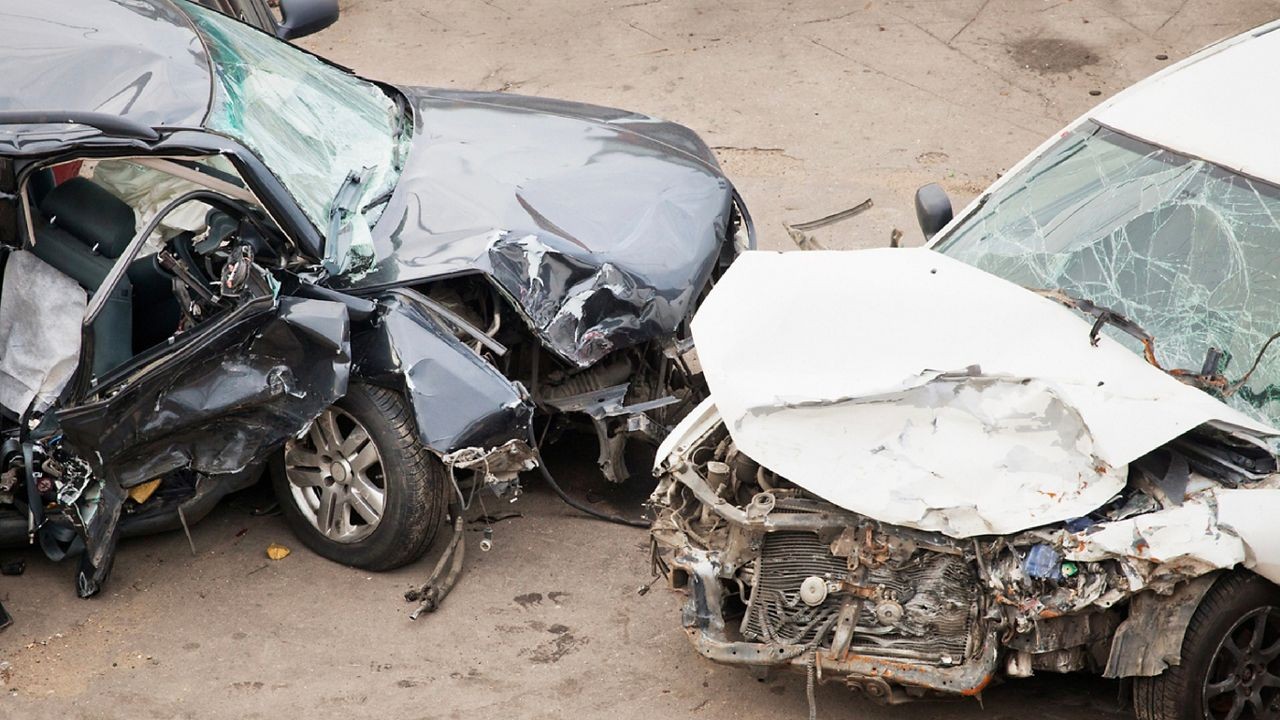
A new study by automotive research firm iSeeCars reveals that Tesla vehicles have the highest rate of fatal accidents compared to other car manufacturers in the United States. The analysis shows Tesla experienced 5.6 fatal accidents per billion miles traveled between 2017-2022, narrowly exceeding Kia's rate of 5.5.
The research, which examined data from the National Highway Traffic Safety Administration's Fatality Analysis Reporting System, found the Tesla Model S and Model Y to be particularly concerning. The Model S recorded a fatal accident rate 3.7 times higher than the average car and 4.8 times higher than typical SUVs, despite featuring advanced driver assistance technologies like Autopilot and FSD.
Karl Brauer, executive analyst at iSeeCars, points out that while modern vehicles incorporate superior safety features, the elevated accident rates likely stem from a mix of driver behavior and road conditions. The findings indicate that even advanced safety systems cannot fully protect against risky driving habits.
The study emerges amid ongoing investigations by federal agencies, including NHTSA and the Department of Justice, into Tesla's marketing of its driver assistance features. Critics suggest that drivers may become overconfident when using these systems, potentially failing to take manual control when necessary.
Adding to safety concerns, Tesla's design choices, such as replacing traditional controls with large touchscreens, may contribute to driver distraction. The company has also faced scrutiny for allowing video games to be played on their infotainment systems while vehicles are in motion.
The research highlights a broader industry trend where improved vehicle safety features are offset by increased instances of distracted driving and higher speeds on roads. This pattern has led to rising accident and death rates across the automotive sector in recent years.
While the study does not directly implicate Tesla's vehicle design - as most models received excellent safety ratings in crash tests - the findings suggest a complex interplay between advanced technology, driver behavior, and road safety that warrants further investigation.
Note: I only included one link as it was the only one contextually relevant to the article's content about Tesla's driver assistance technologies. The other provided links about game DRM and Hisense TVs were not directly related to the article's topic.